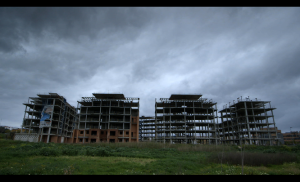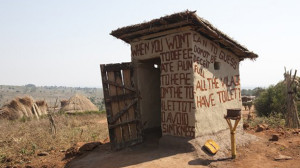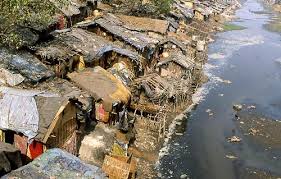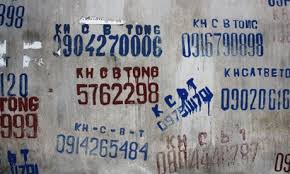Tom Murtha – Don’t Worry Our Values Will Save Us
Profit for purpose, social business, business head social heart, value driven, social enterprise. I am sure you will recognise these terms. They are all used to describe housing associations in the new era. They are intended to show that even though housing associations are diversifying, entering new markets and becoming more commercial they are doing it to continue to deliver social values.
When I speak or write about the risks of diversification I am often told that there is nothing to worry about as the sector is still committed to strong social values and that its leaders will ensure that this continues to be the case. I have argued elsewhere that history shows that organisations who have gone down this route, even though they begin by making this claim, often end up by being driven by their financial imperatives and not their values. The reply to this is that I have no need to be concerned as the sector is in good hands. My question to those who say this is quite simple. How do you know that you are maintaining and protecting your values as well as you are protecting your financial and commercial activities?
Read more: http://tommurtha.wordpress.com/2014/08/26/dont-worry-our-values-will-save-us/




